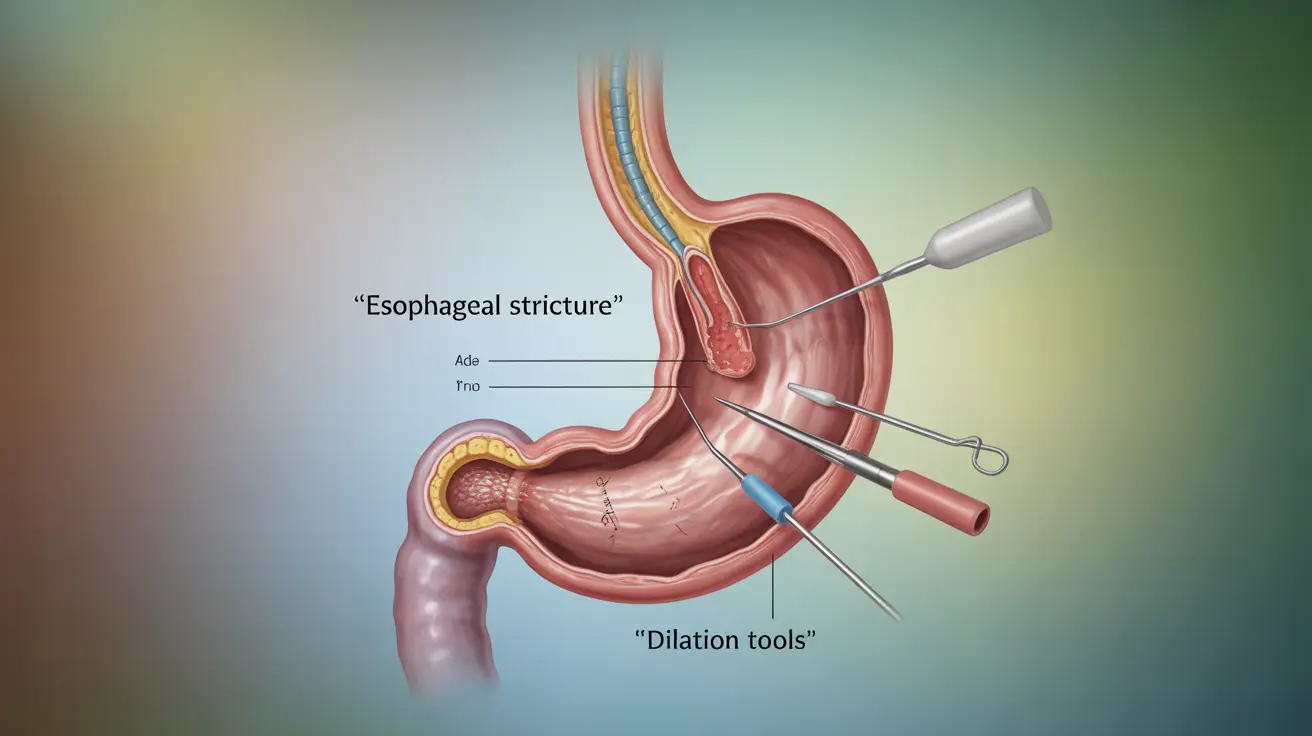Experiencing dizziness or fainting after meals can be both frightening and dangerous. This condition, known medically as postprandial hypotension, occurs when blood pressure drops significantly following a meal. Understanding its causes and learning proper management strategies is crucial for maintaining safety and quality of life.
While this condition can affect anyone, it's particularly common among older adults and those with certain medical conditions. This comprehensive guide will explore the causes, symptoms, and effective ways to prevent and manage this challenging condition.
Understanding Why People Pass Out After Eating
When we eat, our digestive system requires increased blood flow to process food properly. In some individuals, this process can lead to an excessive drop in blood pressure as blood vessels in the digestive tract dilate, reducing blood flow to the brain and potentially causing fainting episodes.
Several factors can contribute to this condition:
- Autonomic nervous system disorders
- Diabetes
- Parkinson's disease
- High blood pressure medications
- Advanced age
- Large, carbohydrate-heavy meals
Recognizing the Warning Signs
Before actually passing out, most people experience several warning symptoms:
- Dizziness or lightheadedness
- Blurred vision
- Weakness
- Fatigue
- Nausea
- Confusion
- Rapid or irregular heartbeat
Prevention Strategies and Lifestyle Changes
Several effective strategies can help prevent episodes of passing out after eating:
Dietary Modifications
Making smart food choices can significantly reduce your risk:
- Eat smaller, more frequent meals
- Limit high-carbohydrate foods
- Reduce alcohol consumption
- Stay well-hydrated before, during, and after meals
- Choose foods that digest more slowly
Behavioral Adjustments
Simple changes in eating habits can make a big difference:
- Sit upright for at least an hour after eating
- Avoid sudden movements after meals
- Take short walks after eating to promote blood flow
- Rest before meals if feeling tired
- Eat in a cool, comfortable environment
Medical Management Options
Working with healthcare providers can help develop an effective treatment plan:
- Regular blood pressure monitoring
- Medication adjustments if necessary
- Treatment of underlying conditions
- Possible prescription of specific medications to regulate blood pressure
- Regular health check-ups to monitor the condition
Frequently Asked Questions
What are the symptoms of postprandial hypotension, and how does it affect daily life?
Common symptoms include dizziness, weakness, blurred vision, and fainting after meals. This condition can significantly impact daily life by making mealtimes stressful and potentially dangerous, limiting social dining experiences, and requiring careful planning of activities around meals.
How can I treat or manage passing out after eating due to postprandial hypotension?
Management strategies include eating smaller, more frequent meals, staying hydrated, sitting upright after eating, and avoiding sudden movements. Medical treatment may include medication adjustments and treating underlying conditions.
What dietary changes can help reduce the risk of low blood pressure after meals?
Beneficial dietary changes include eating smaller portions, limiting high-carbohydrate foods, increasing protein intake, staying well-hydrated, and avoiding alcohol with meals. Consuming food at room temperature rather than hot can also help.
Is it safe to take caffeine or NSAIDs before meals to prevent postprandial hypotension?
Always consult with your healthcare provider before using caffeine or NSAIDs as preventive measures. While caffeine can temporarily raise blood pressure, it may not be suitable for everyone and could interact with other medications or conditions.
How can older adults prevent or manage postprandial hypotension, especially if they have underlying health conditions?
Older adults should work closely with their healthcare providers to develop a personalized management plan. This may include medication adjustments, careful monitoring of blood pressure, dietary modifications, and lifestyle changes. Special attention should be paid to fall prevention and maintaining a safe eating environment.




